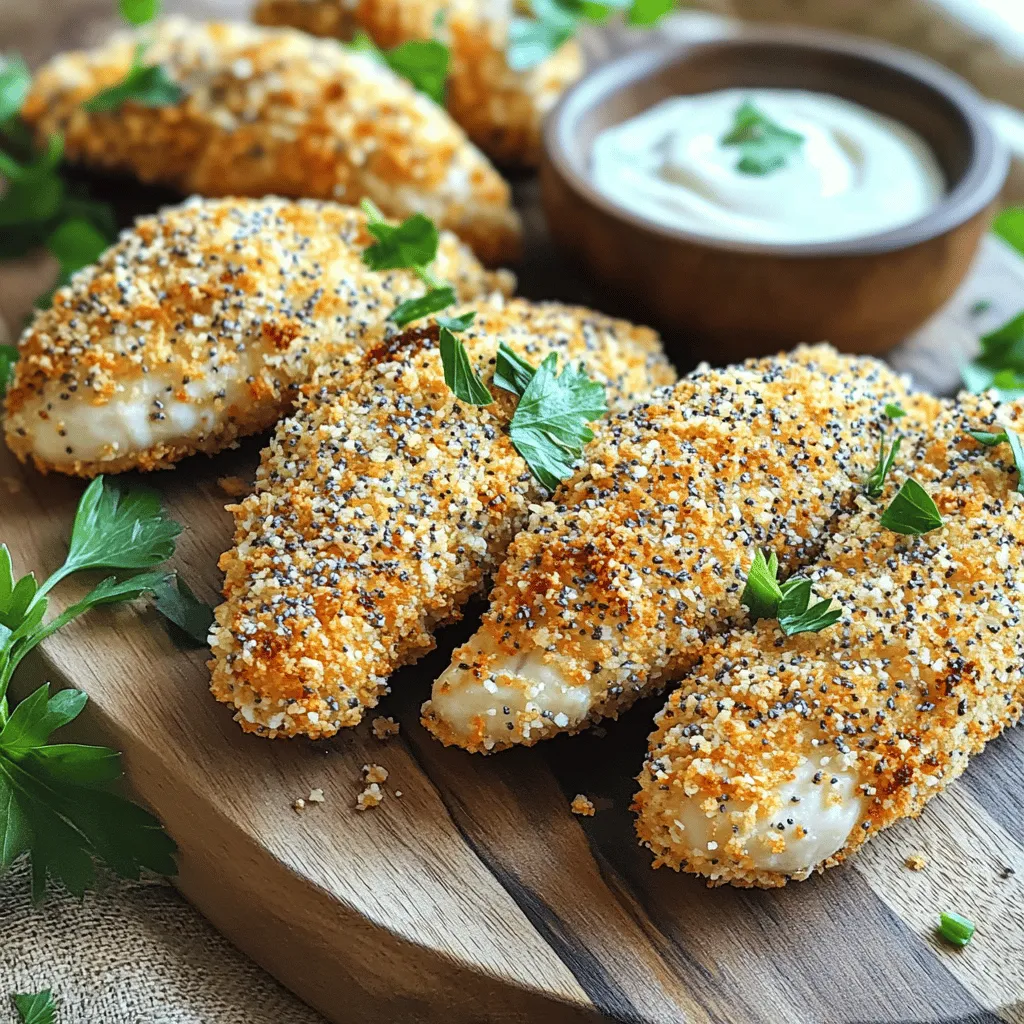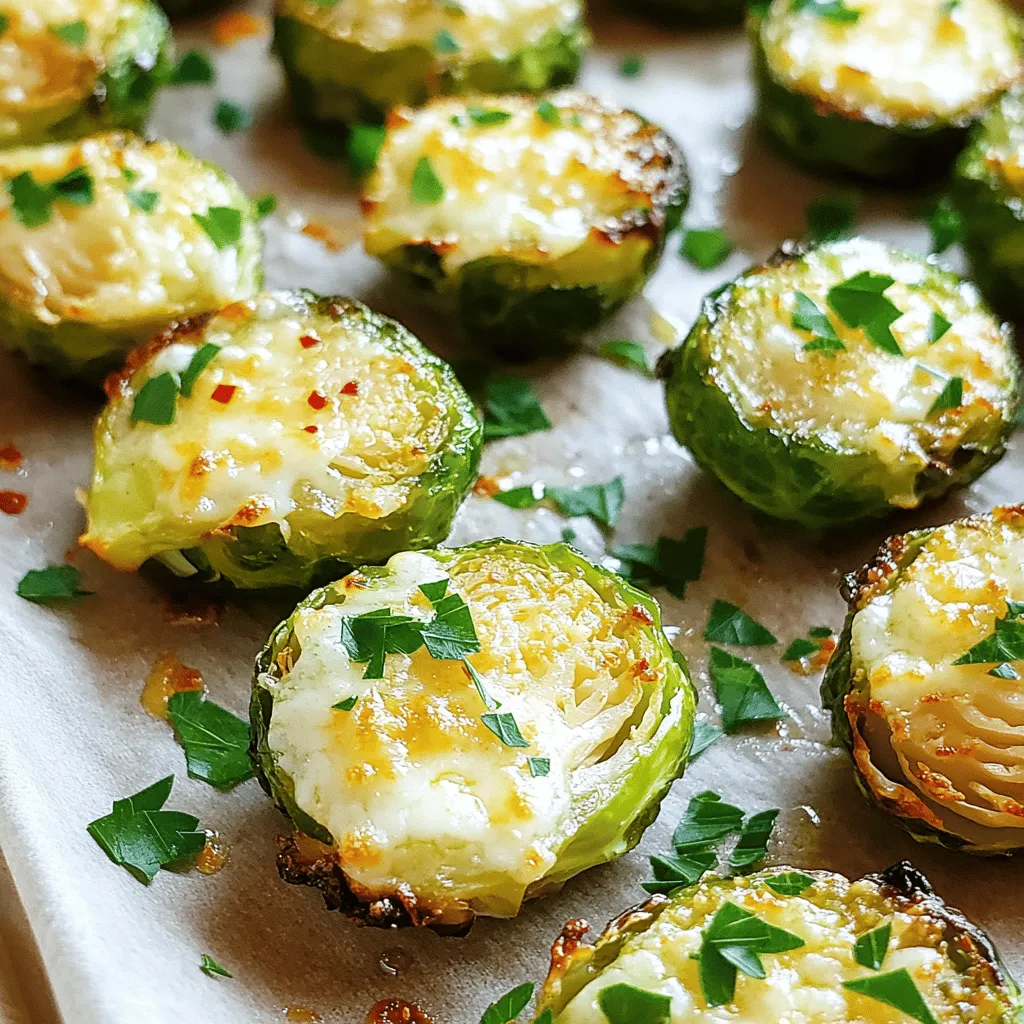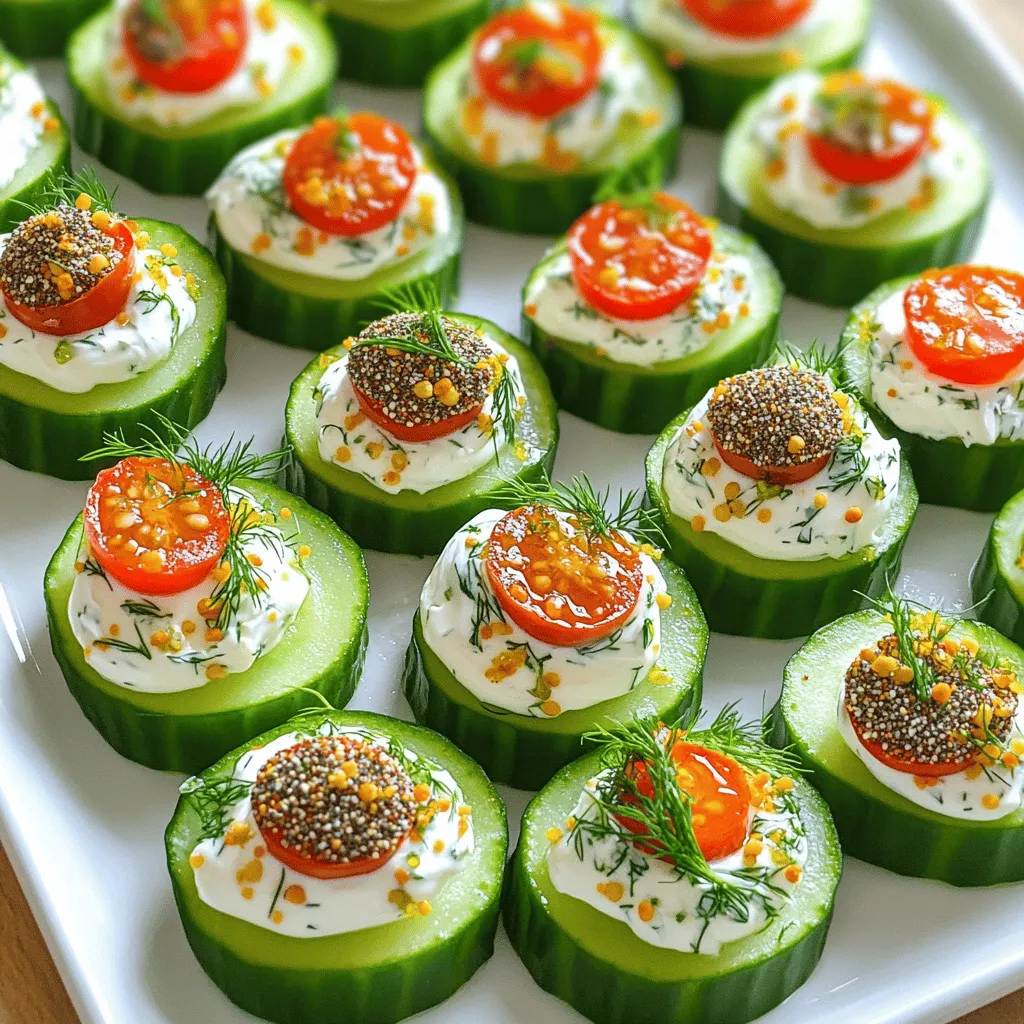Appetizers

Minute Honey Garlic Salmon Bites Quick and Tasty Treat
Are you ready for a quick and tasty treat? These Minute Honey Garlic Salmon Bites are a game changer! With just a few simple ingredients

Air Fryer Everything Bagel Chicken Bites Recipe
Looking for a tasty snack that’s easy to make? These Air Fryer Everything Bagel Chicken Bites are perfect! You get juicy chicken coated in a

Cheesy Garlic Pull-Apart Flatbread Irresistible Delight
Are you ready to make a snack that everyone will love? This Cheesy Garlic Pull-Apart Flatbread is easy, fun, and packed with flavor. You’ll enjoy

Air Fryer Everything Bagel Chicken Tenders Crispy Treat
Craving a crispy treat that packs flavor? Look no further! My Air Fryer Everything Bagel Chicken Tenders combine the crunch of panko breadcrumbs with savory

Air Fryer Everything Bagel Chicken Tenders Recipe
Looking for a fun and tasty way to cook chicken? Try my Air Fryer Everything Bagel Chicken Tenders! This recipe combines juicy chicken with the

Air Fryer Buffalo Chicken Meatballs Tasty and Easy Recipe
If you crave flavor and ease in the kitchen, you’ll love my Air Fryer Buffalo Chicken Meatballs recipe. These meatballs pack a spicy punch and

Garlic Parmesan Roasted Brussels Sprouts Delight
Looking for a tasty side dish that will impress your family? Garlic Parmesan Roasted Brussels Sprouts Delight is your answer! These sprouts are crispy, savory,

Everything Bagel Cucumber Bites Fresh and Flavorful Treat
Looking for a fresh and fun snack? Everything Bagel Cucumber Bites are the perfect choice! With crisp cucumbers and creamy toppings, they’re bursting with flavor.

Cheesy Jalapeño Cornbread Muffins Simple and Tasty
If you crave a warm, spicy treat, you’re in for a delight! Cheesy jalapeño cornbread muffins are simple to make and bursting with flavor. In

Air Fryer Sweet Chili Chicken Wings Crispy Delight
Looking to make the perfect wings? My Air Fryer Sweet Chili Chicken Wings are a crispy delight! With just a few simple ingredients like chicken